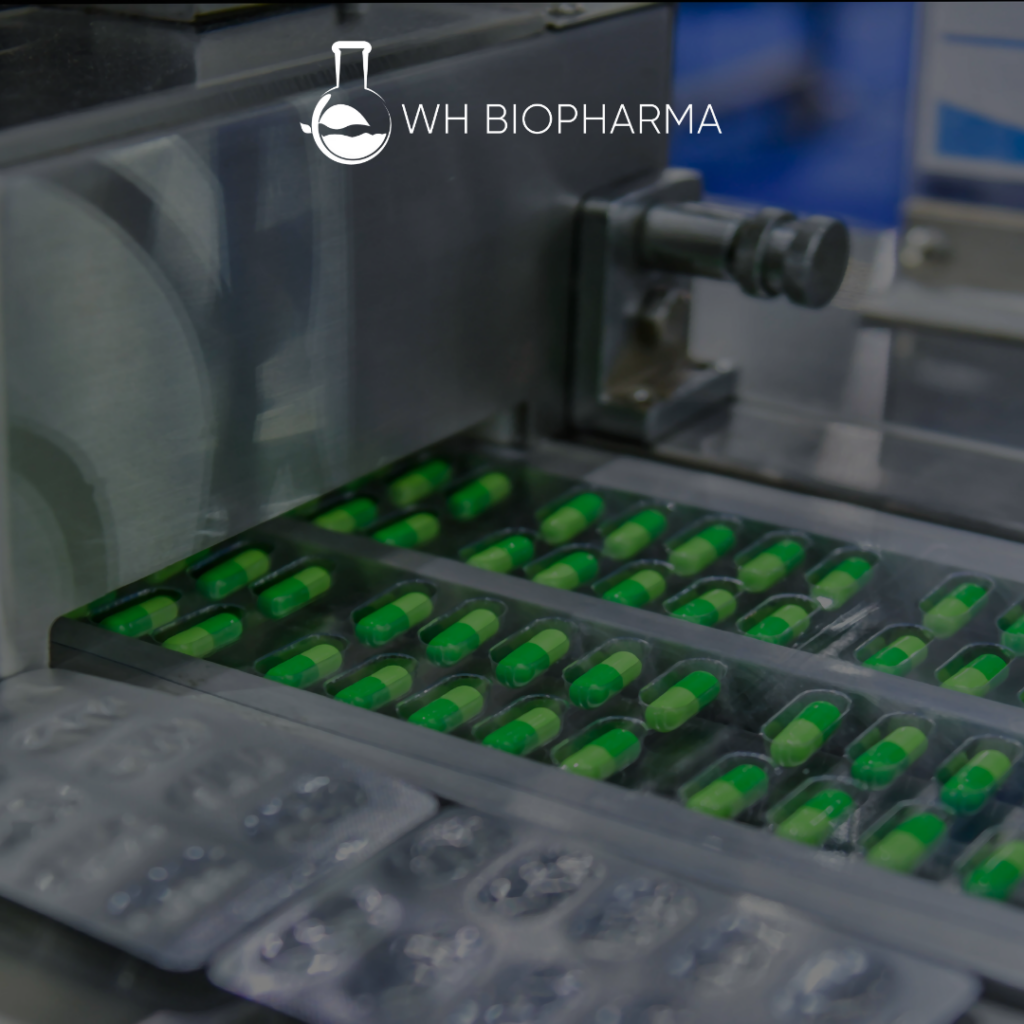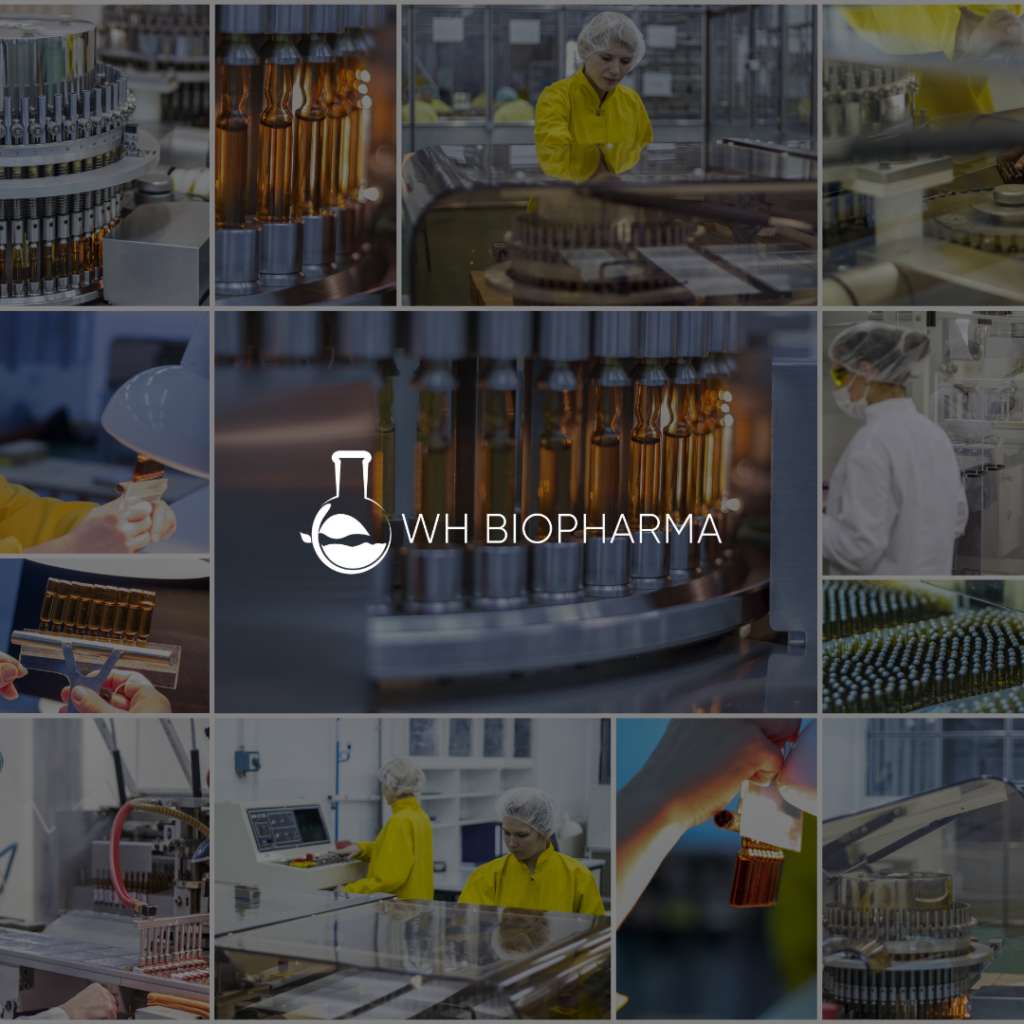The biopharmaceutical manufacturing landscape is undergoing a profound transformation, driven by advancements in technology, a surge in demand for innovative therapies, and the imperative of regulatory compliance. This article delves into the multifaceted world of biopharmaceutical manufacturing, exploring the key trends that are shaping its present and future.
The journey from a promising molecule in a research lab to a market-ready biopharmaceutical product is long and complex. We’ll investigate how biopharmaceutical companies navigate the intricacies of process development, including the challenges of scaling up from benchtop experiments to commercial manufacturing.
Advances in Biopharmaceutical Manufacturing
The biopharmaceutical manufacturing process has evolved significantly in recent years. We’ll examine the latest advancements, such as process intensification, single-use technologies, and real-time monitoring, which are revolutionizing how biopharmaceutical products are made.
Biopharmaceutical manufacturing has come a long way in recent decades, driven by innovations in technology, increased regulatory scrutiny, and the growing demand for novel therapies. This chapter explores the remarkable advances that have revolutionized the biopharmaceutical manufacturing landscape, reshaping how therapeutic products are developed and produced.
- Evolution of Biopharmaceutical Manufacturing
Historical Perspective: Decades ago, biopharmaceutical manufacturing was in its infancy, primarily focusing on small-scale production for clinical trials. Today, it stands at the forefront of the pharmaceutical industry, delivering groundbreaking therapies to patients worldwide.
- Process Development and Scale-Up
From Lab to Commercial Manufacturing: The journey from laboratory discoveries to large-scale commercial production involves intricate process development and scale-up. Advances in process optimization, analytical techniques, and automation have accelerated this transition, enabling the efficient production of therapeutic proteins, monoclonal antibodies, and active pharmaceutical ingredients (APIs).
- Purification Processes
Enhancing Product Purity: Purification processes are critical to ensuring product quality. Innovations such as tangential flow filtration and size exclusion chromatography have significantly improved purification efficiency, reducing the risk of contamination and enhancing the safety of biopharmaceutical products.
- Single-Use Technologies
The Rise of Disposable Systems: Single-use bioreactors, mixers, and filtration systems have gained prominence in biopharmaceutical manufacturing. These disposable technologies offer flexibility, minimize cross-contamination, and accelerate setup times, revolutionizing commercial manufacturing processes.
- Process Intensification
Optimizing Efficiency: Process intensification, achieved through improved cell culture techniques, upstream and downstream processing, and purification strategies, is boosting productivity while lowering costs. This approach optimizes unit operations, minimizes waste, and maximizes resource utilization.
- Real-Time Monitoring and Control
Data-Driven Manufacturing: The integration of real-time monitoring and control, facilitated by machine learning models and advanced analytics, ensures consistency and quality throughout production. Manufacturers can now proactively detect and rectify deviations, reducing risks and improving product quality.
- Gene Therapy and Novel Therapies
Expanding Possibilities: The advent of gene therapy and other novel therapies has introduced entirely new manufacturing challenges. Manufacturing viral vectors for gene therapy, for example, necessitates innovative approaches to meet the specific demands of these cutting-edge treatments.
- Regulatory Compliance and Stringent Requirements
Meeting Regulatory Standards: Regulatory compliance remains a paramount concern. Biopharmaceutical companies must navigate evolving regulatory requirements, adhere to Good Manufacturing Practices (GMP), and demonstrate robust quality control and documentation practices.
- Sustainability and Operational Efficiency
Environmental Responsibility: Sustainability initiatives, including reduced energy consumption and waste reduction, align with cost-saving measures. Balancing sustainability with operational efficiency is crucial to maintaining economic viability.
- Industry Collaboration and Expertise
Pooling Resources: Industry experts, alongside regulatory bodies, play a pivotal role in shaping biopharmaceutical manufacturing. Collaboration fosters knowledge sharing, facilitates adherence to best practices, and accelerates innovation.
Regulatory Compliance in the Biopharmaceutical Industry
Compliance with stringent regulatory requirements is non-negotiable in the biopharmaceutical industry. We’ll explore the challenges and strategies that biopharmaceutical companies employ to ensure they meet the high standards set by regulatory authorities while advancing drug development.

The biopharmaceutical industry operates within a highly regulated environment to ensure patient safety and the efficacy of therapeutic products. Regulatory compliance is not just a legal requirement but a fundamental aspect of responsible drug development and manufacturing. In this chapter, we will delve into the critical role of regulatory compliance in the biopharmaceutical industry, the challenges it poses, and the strategies employed to meet and exceed regulatory requirements.
1. The Importance of Regulatory Compliance
Regulatory compliance is paramount in the biopharmaceutical industry. It serves several crucial purposes:
- Patient Safety: Regulatory agencies establish and enforce standards to ensure that biopharmaceutical products are safe and effective for patient use. Compliance with these standards helps prevent adverse events and ensures the well-being of patients.
- Quality Assurance: Compliance with regulations helps maintain the quality and consistency of biopharmaceutical products. This is critical for product efficacy and the reputation of biopharmaceutical companies.
- Market Access: Regulatory approval is a prerequisite for bringing biopharmaceutical products to market. Without compliance, companies cannot commercialize their products, leading to financial setbacks.
- Legal Obligation: Regulatory compliance is a legal requirement, and failure to adhere to these regulations can result in severe penalties, including product recalls, fines, and legal action.
2. Regulatory Bodies in the Biopharmaceutical Industry
Several regulatory bodies oversee biopharmaceutical manufacturing and product approval in various regions around the world. These bodies include the:
- U.S. Food and Drug Administration (FDA): Responsible for regulating biopharmaceutical products in the United States.
- European Medicines Agency (EMA): The regulatory agency for the European Union, ensuring the safety and efficacy of medicinal products.
- Japan’s Pharmaceuticals and Medical Devices Agency (PMDA): Regulates pharmaceuticals, medical devices, and cellular and tissue-based products in Japan.
- World Health Organization (WHO): Establishes international standards and guidelines for pharmaceuticals.
- Health Canada: The regulatory authority for health products in Canada, including biopharmaceuticals.
3. Regulatory Challenges in the Biopharmaceutical Industry
Navigating the regulatory landscape in the biopharmaceutical industry is not without its challenges:
- Evolving Regulations: Regulations are subject to change, with agencies continuously updating guidelines and standards. Staying informed and adapting to these changes is a constant challenge.
- Complexity of Products: Biopharmaceutical products, such as monoclonal antibodies and gene therapies, are often highly complex. Ensuring their safety and efficacy requires a deep understanding of their mechanisms of action and potential risks.
- Global Operations: Companies often operate globally, necessitating compliance with multiple regulatory bodies and standards, each with its own requirements.
- Resource Intensity: Achieving and maintaining regulatory compliance requires significant resources, both in terms of time and finances. Smaller companies may struggle to meet these demands.
4. Strategies for Regulatory Compliance
Biopharmaceutical companies employ various strategies to ensure regulatory compliance:
- Quality by Design (QbD): Implementing QbD principles from the outset of product development helps ensure that quality is built into the manufacturing process. This approach aligns with regulatory agencies’ focus on process understanding and control.
- Validation and Documentation: Rigorous validation of processes and thorough documentation of all aspects of manufacturing and quality control are essential. Companies must maintain detailed records and establish robust change control procedures.
- Adherence to Current Good Manufacturing Practices (cGMP): cGMP regulations set the standard for manufacturing quality and control. Compliance with cGMP is mandatory and requires continuous monitoring and improvement.
- Regulatory Affairs Departments: Many biopharmaceutical companies have dedicated regulatory affairs departments responsible for ensuring compliance with current regulations and preparing regulatory submissions.
- Collaboration with Regulatory Agencies: Engaging with regulatory agencies in a transparent and open manner can help address concerns and expedite the approval process.
Sustainability and Operational Efficiency
As the biopharmaceutical industry grows, so do its resource demands. We’ll discuss the industry’s focus on sustainability, exploring strategies to reduce operational costs, minimize waste, and ensure a smaller environmental footprint.

In the dynamic landscape of biopharmaceutical manufacturing, the intersection of sustainability and operational efficiency has become the cornerstone of success. This chapter delves into the intricate dance between these two critical factors, exploring their influence on various aspects of biopharmaceutical manufacturing, and the innovative strategies used to harness their benefits.
1. Sustainability: An Essential Biopharmaceutical Imperative
Evolving Biopharmaceutical Manufacturing: Sustainability has transcended from an option to a necessity in biopharmaceutical manufacturing, fueled by the following driving forces:
- Environmental Consciousness: Biopharmaceutical companies are increasingly cognizant of their environmental impact. Sustainable practices are instrumental in curbing greenhouse gas emissions, minimizing waste, and conserving water resources, aligning with global environmental goals.
- Economic Viability: Sustainability and cost-efficiency often go hand in hand. Optimizing resource utilization and reducing waste directly contribute to lower operational costs, a pivotal consideration in the competitive pharmaceutical landscape.
- Regulatory Expectations: Regulatory bodies are progressively integrating sustainability into their compliance frameworks, prompting companies to adopt eco-friendly practices and mitigate their ecological footprint.
2. Sustainable Strategies in Biopharmaceutical Manufacturing
Realizing sustainability in biopharmaceutical manufacturing necessitates a multifaceted approach:
- Energy Efficiency: The adoption of energy-efficient technologies and processes is pivotal in reducing the environmental impact of manufacturing facilities. This includes optimizing heating, ventilation, and air conditioning (HVAC) systems and investing in energy-efficient equipment, thus cutting energy consumption.
- Water Conservation: Water preservation is integral to sustainability efforts. The incorporation of water purification and recycling systems mitigates excessive water usage, promoting sustainable practices.
- Waste Reduction: Minimizing waste generation and maximizing recycling efforts contribute significantly to sustainable manufacturing. Companies are employing novel techniques and processes to minimize waste during manufacturing operations.
- Green Raw Materials: The choice of sustainable raw materials and suppliers that adhere to eco-friendly practices plays a substantial role in achieving a sustainable supply chain.
3. Operational Efficiency: The Driving Force
Operational efficiency complements sustainability, underlining the following key points:
- Cost Optimization: Efficiency initiatives lead to substantial cost savings by streamlining processes and reducing resource consumption.
- Regulatory Alignment: Efficient processes align with regulatory requirements, as streamlined operations are easier to monitor and control, ensuring compliance.
- Market Agility: Operational efficiency enables companies to respond quickly to market demands, adjust production capacity, and navigate regulatory changes with minimal disruption.
4. Striking the Balance
The symbiotic relationship between sustainability and operational efficiency demands a delicate balance:
- Innovation: Companies are investing in research and technology to pioneer sustainable and efficient biopharmaceutical manufacturing processes. Innovations range from sustainable purification processes to energy-efficient unit operations.
- Data-Driven Insights: Machine learning models and data analytics are harnessed for real-time monitoring, identifying opportunities for operational improvements and sustainability gains.
Cross-Functional Collaboration: Collaboration between sustainability experts and operational teams fosters a holistic approach, integrating sustainability goals into day-to-day operations seamlessly.





